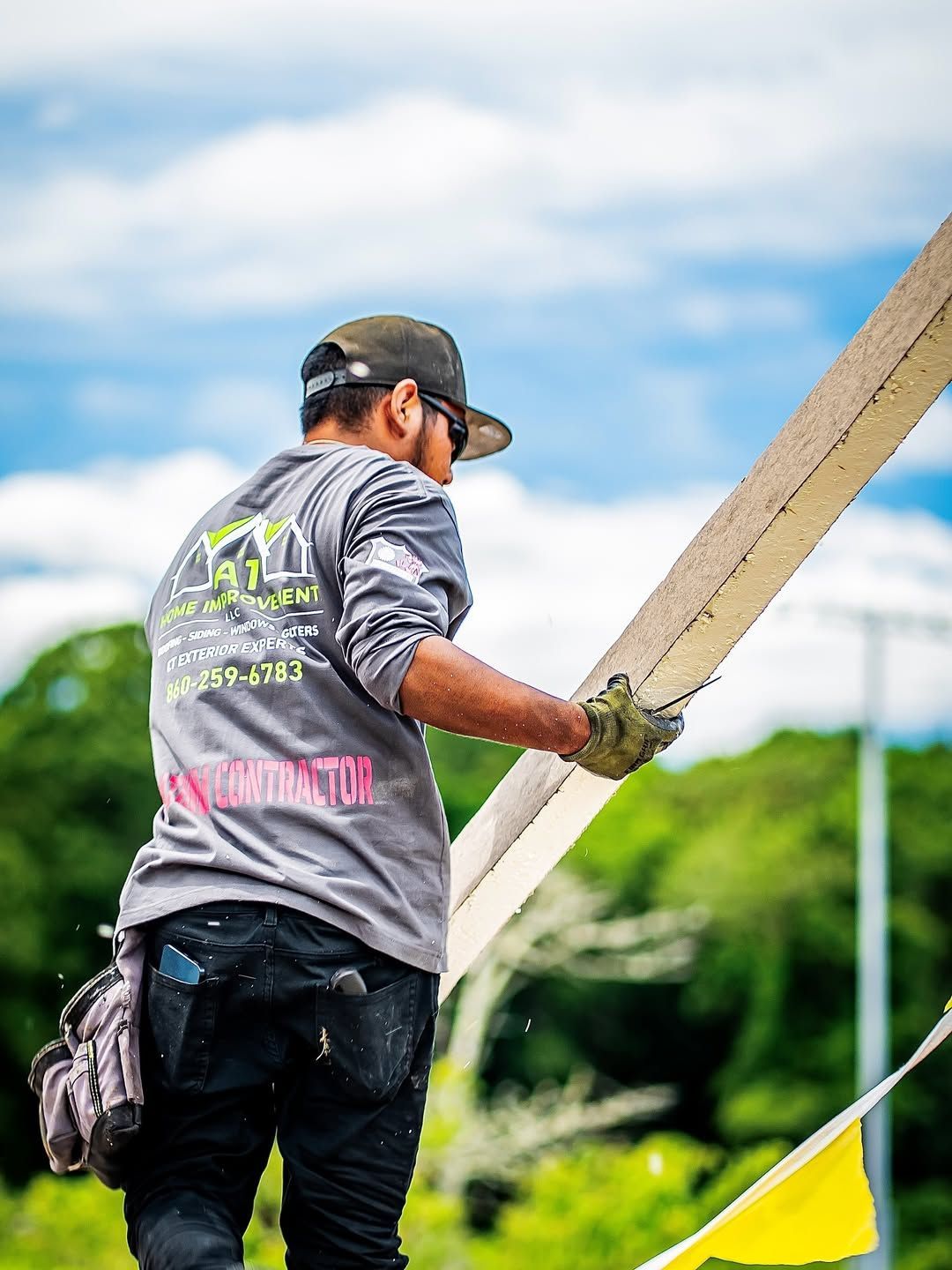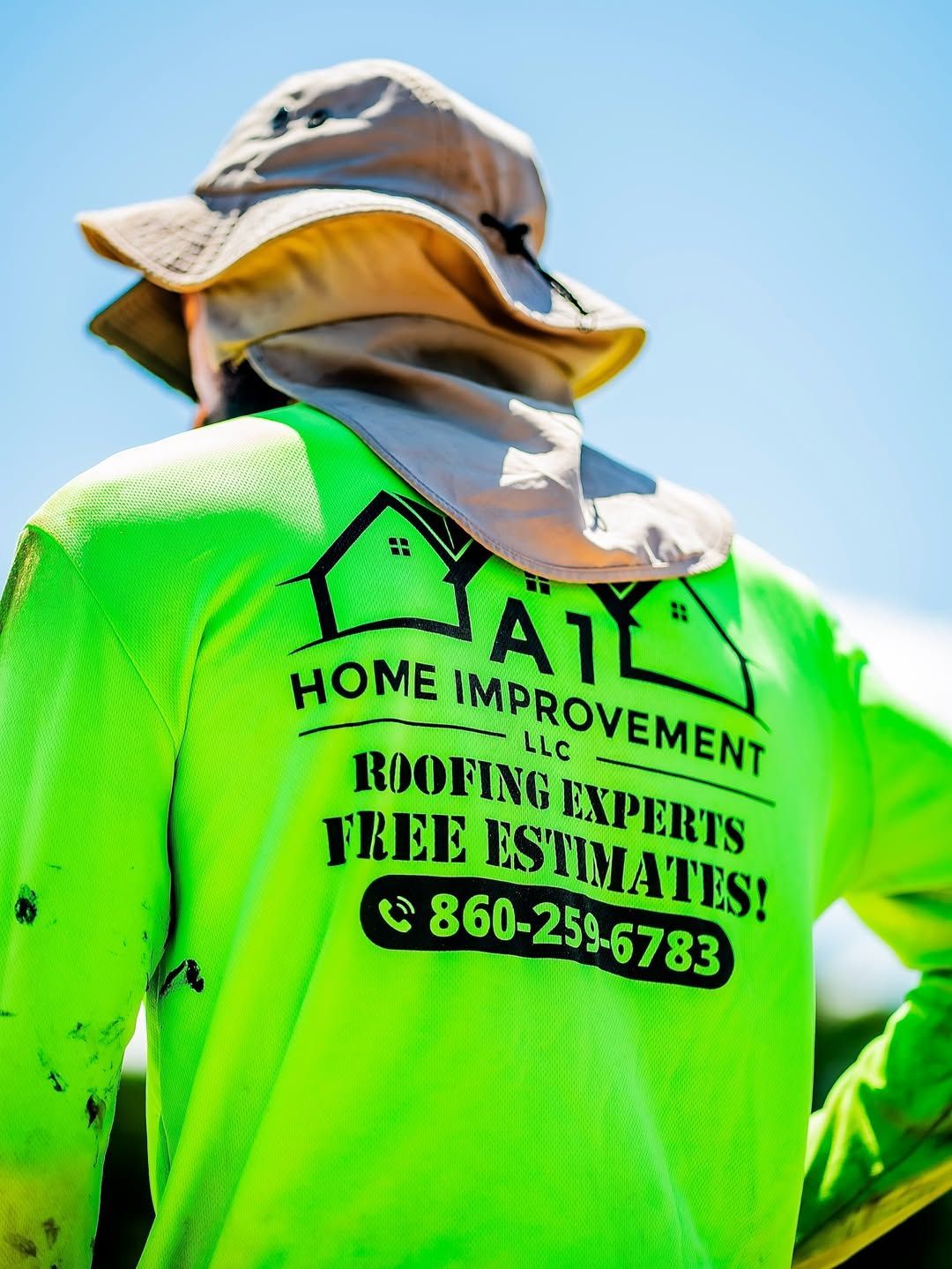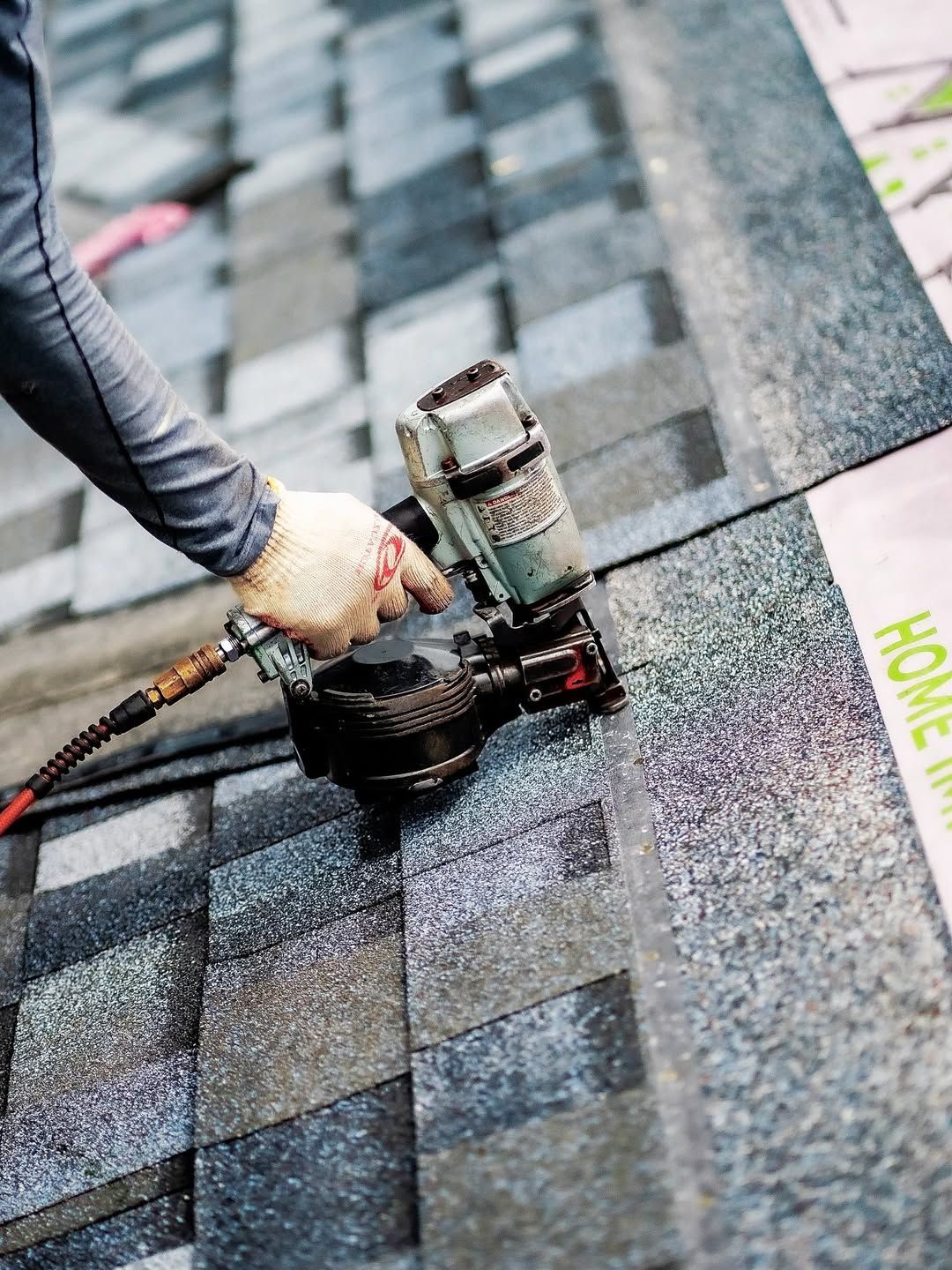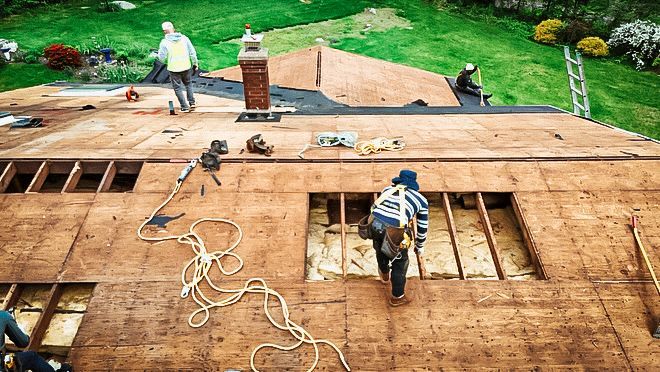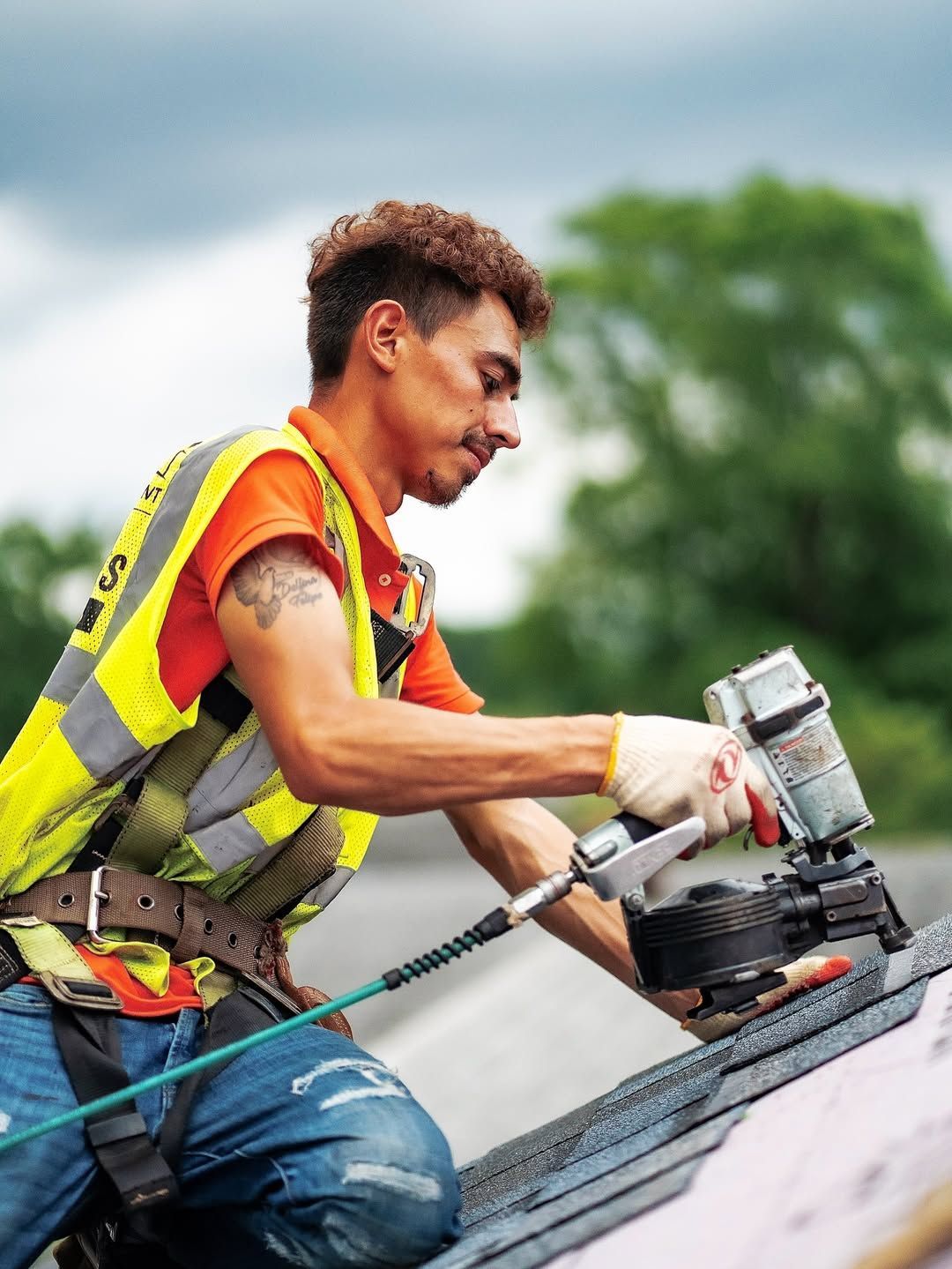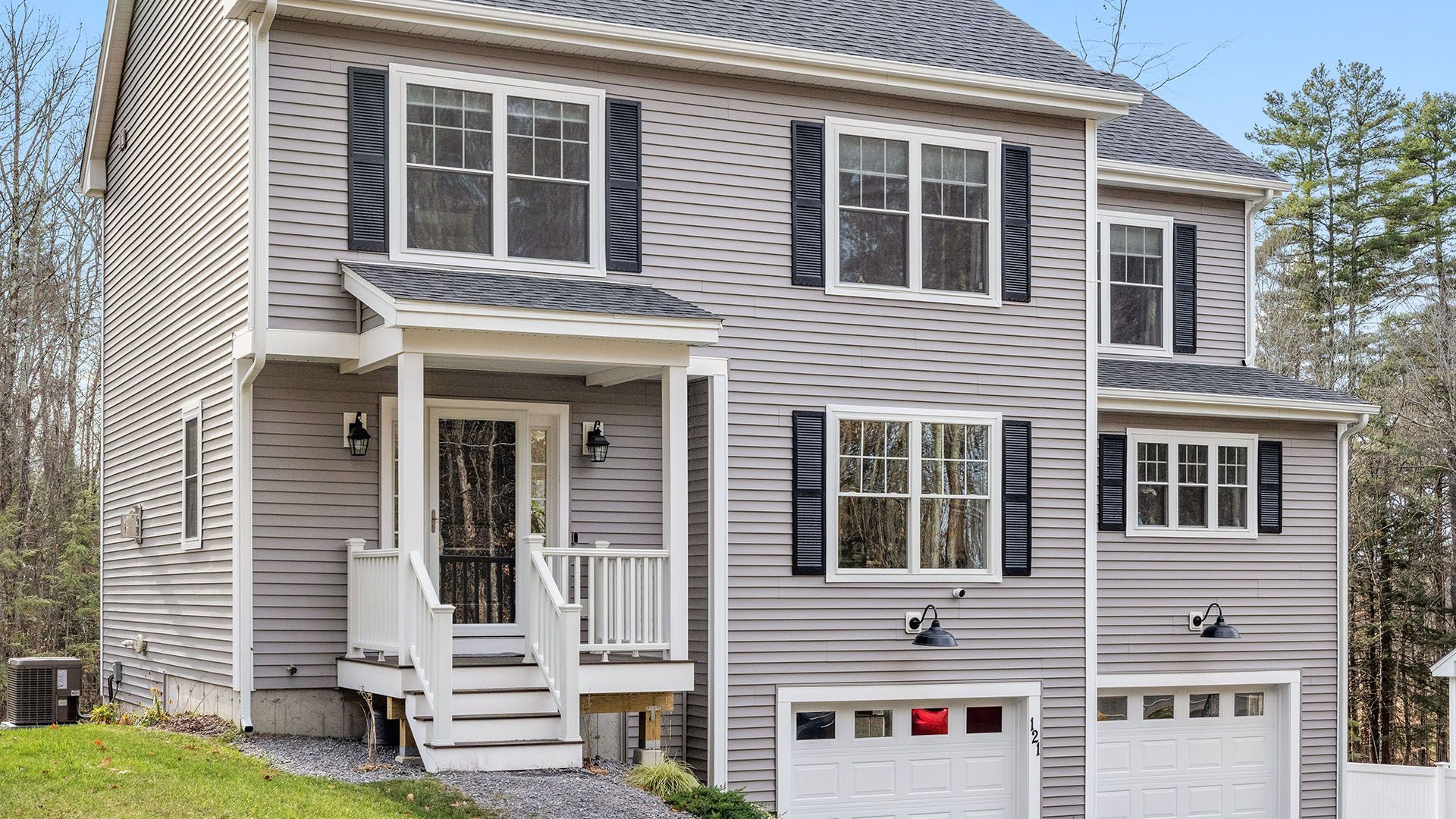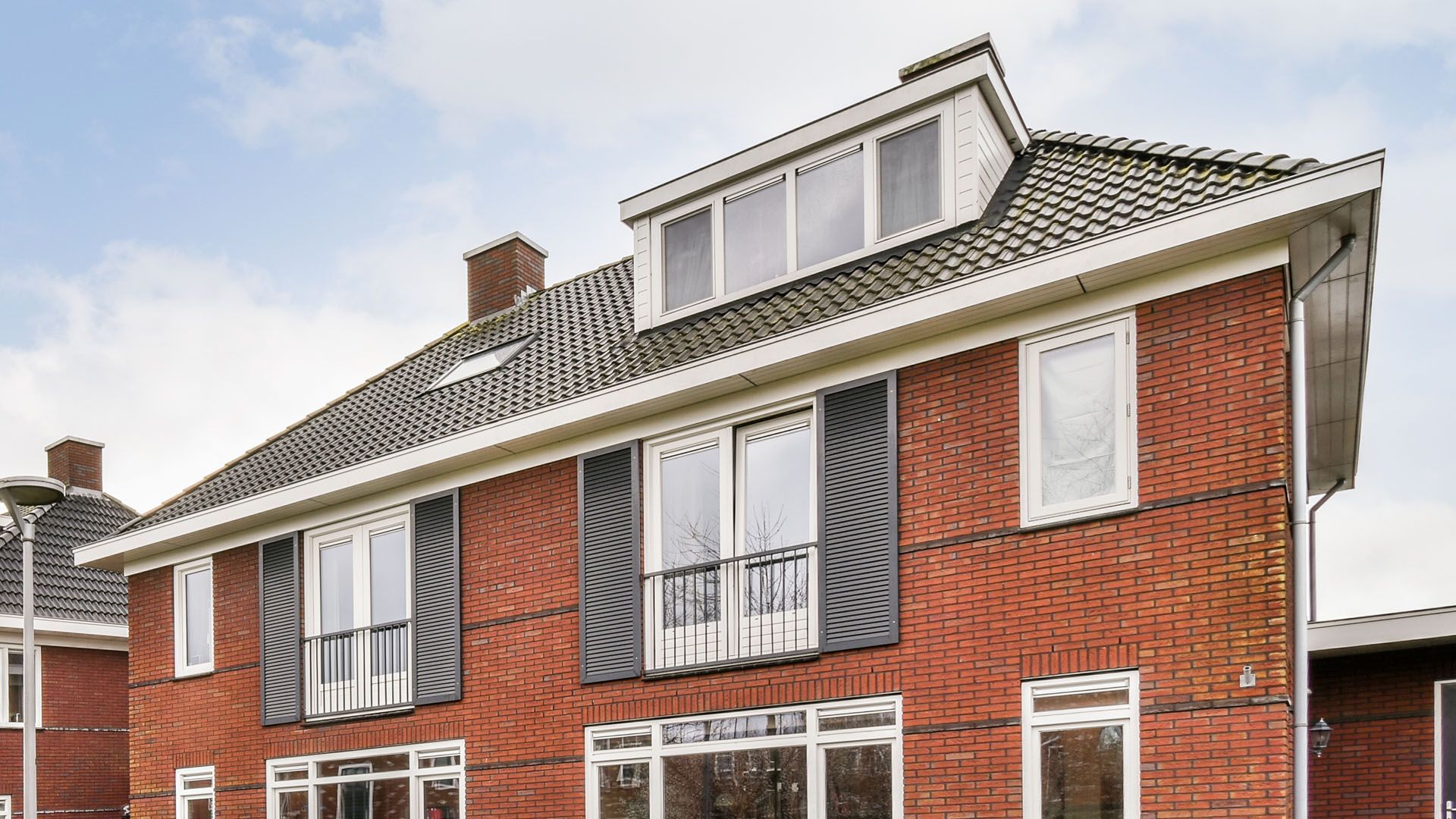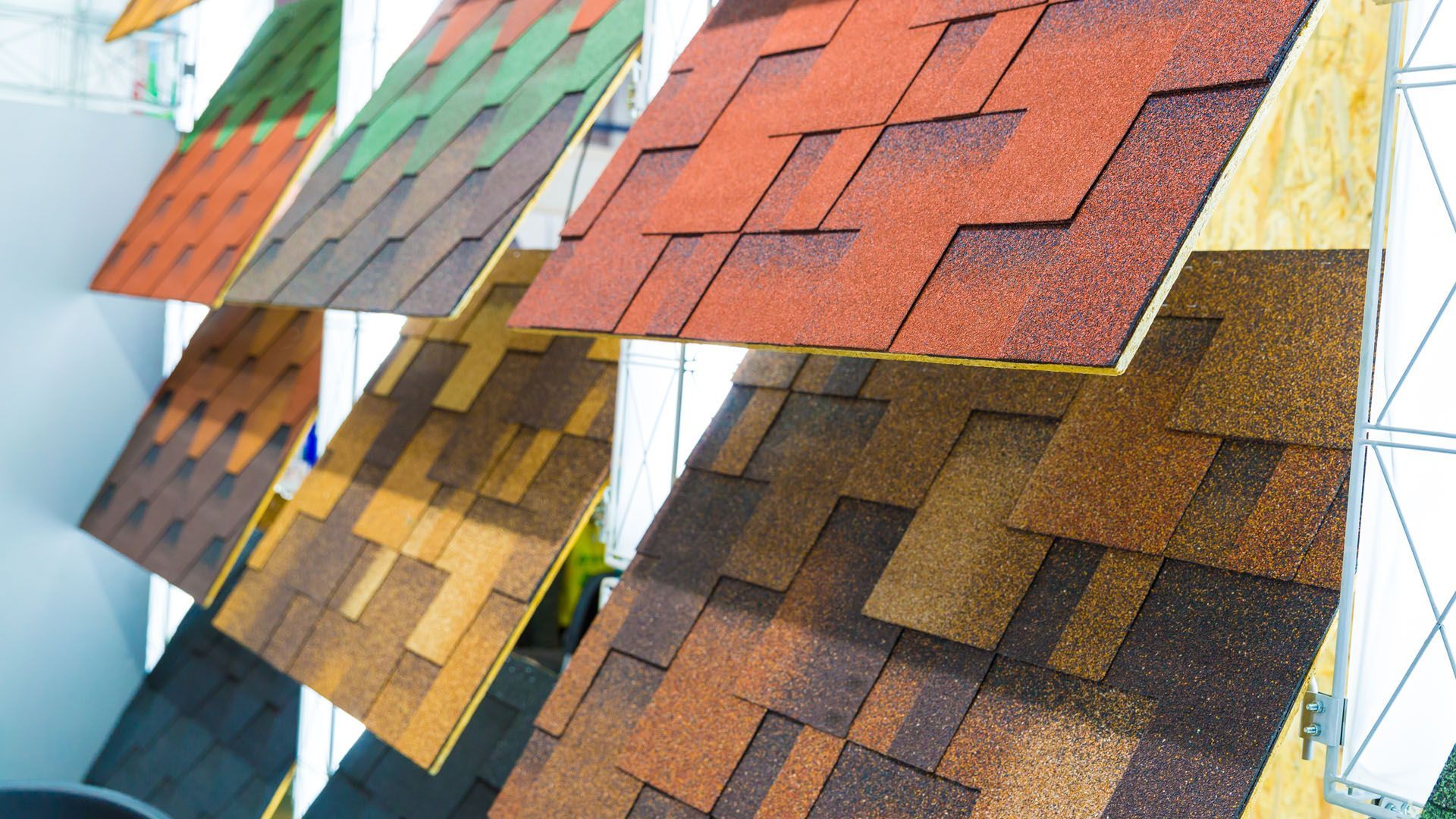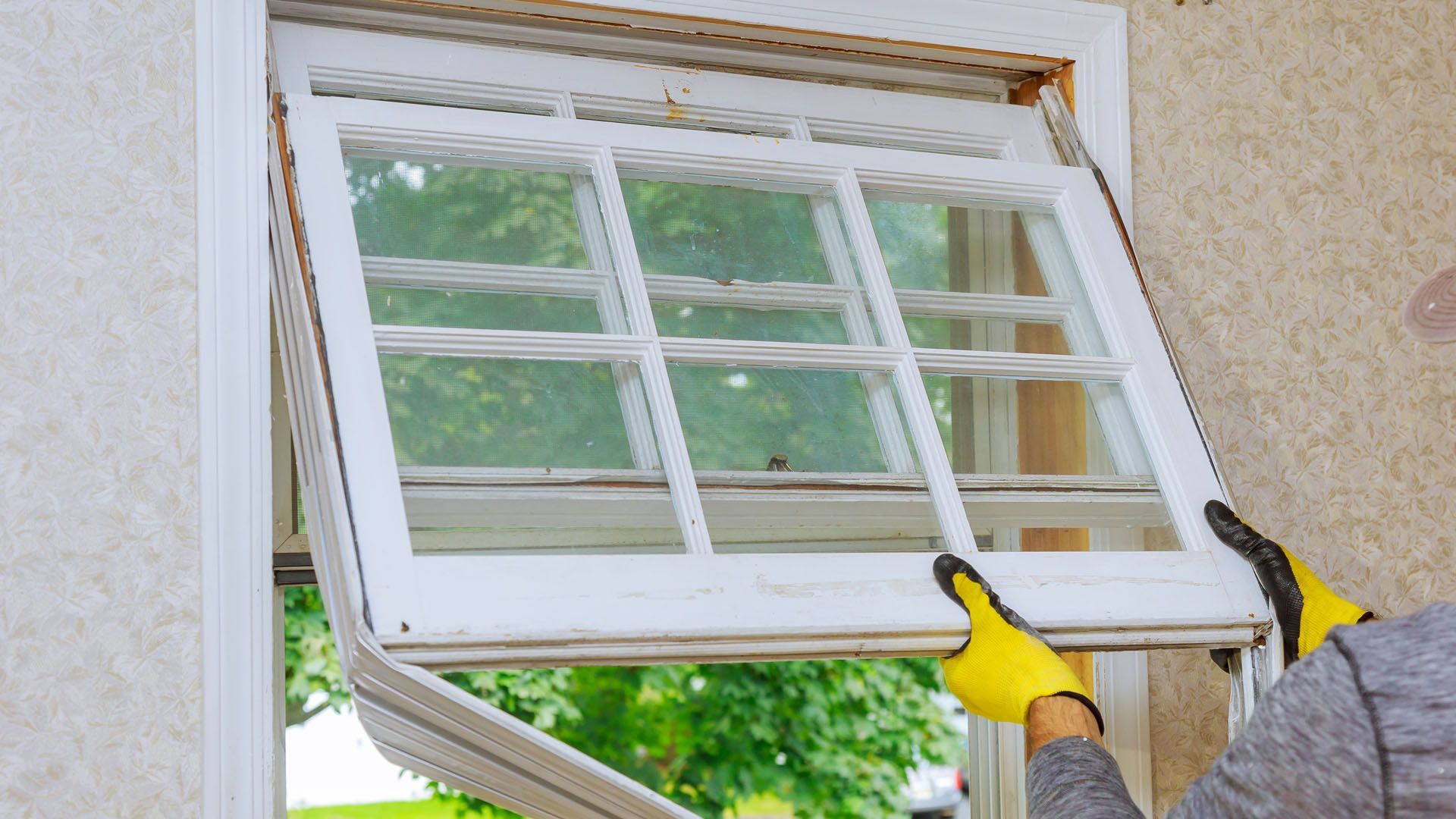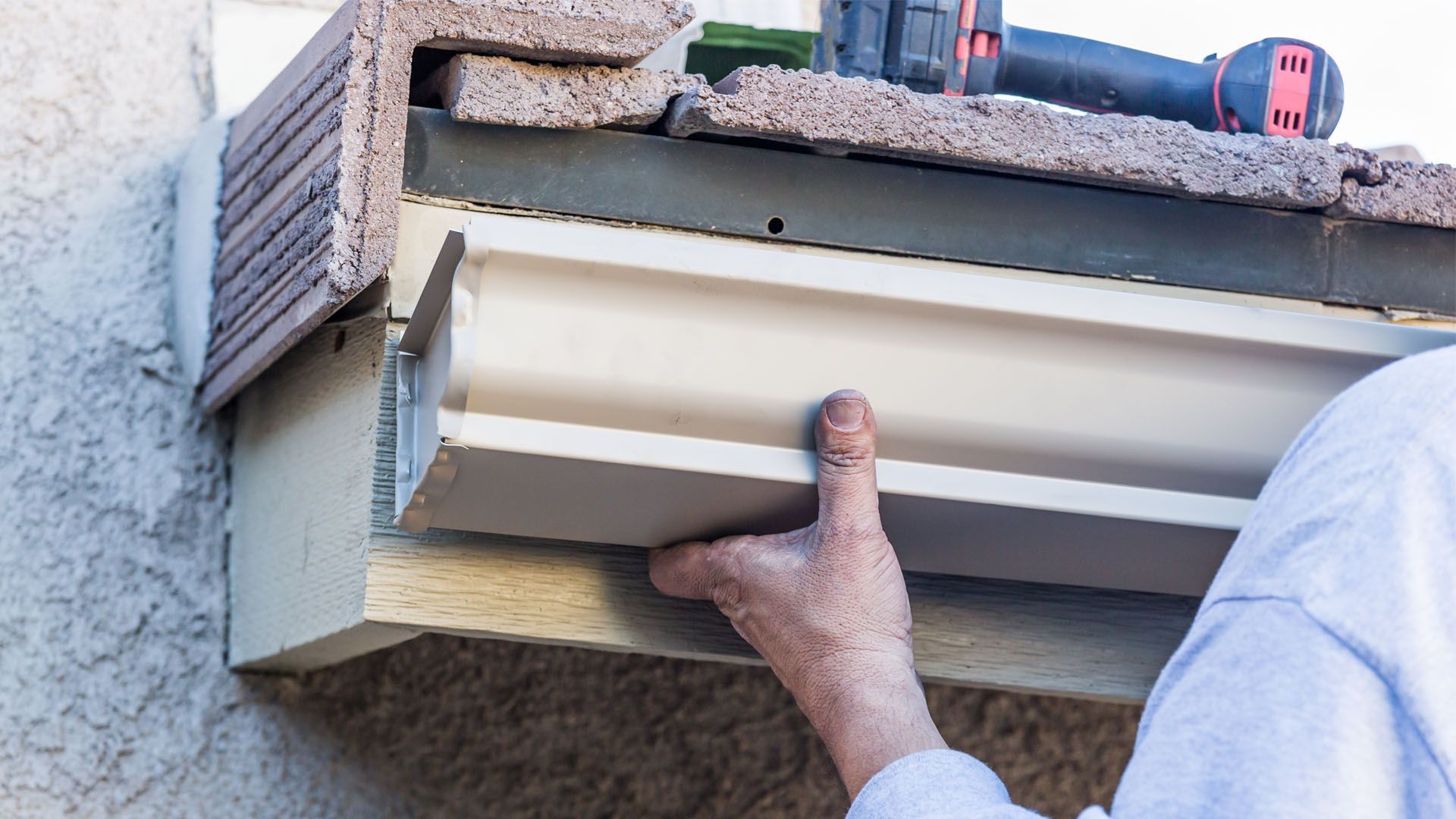Average Cost of Commercial Roof Replacement in 2024: What to Expect
Are you curious about the average cost of commercial roof replacement? In 2024, it typically ranges from $5,000 to $50,000, with complex projects potentially exceeding $200,000. Several factors like roofing materials, labor costs, and building structure impact these expenses. This article will break down these factors to help you understand what to expect during your roof replacement project.
Key Takeaways
- Key factors influencing commercial roof replacement costs include roofing material choice, labor costs, roof structure, and accessibility.
- Metal roofing, asphalt shingles, and single-ply membranes represent the most common materials, each with varying costs and benefits that impact overall expenditure.
- Accurate cost estimation for commercial roof replacement requires considering additional factors such as local climate, building codes, and the choice between tear-off or overlay methods.
Key Factors Affecting Commercial Roof Replacement Cost

Several factors influence the cost of commercial roof replacements. The type of roofing material is a major determinant, affecting price, durability, and installation complexity. Labor costs vary by region and project specifics. Additionally, the roof structure and its accessibility can impact overall expenses, with more complex or taller buildings usually costing more.
Considering these factors aids in accurately estimating commercial roof replacement costs. The interaction between material choice, labor, and the building’s structure can cause significant cost variations, so each aspect must be evaluated carefully.
Next, we’ll dive into the types of roofing materials commonly used in commercial roofs and their specific cost implications.
Type of Roofing Material
The choice of roofing material greatly impacts overall costs. Commercial buildings usually have flat or sloped roofs, each needing specific materials and installation methods. Metal roofs, though pricey upfront, are durable and low-maintenance, making them a popular choice for a commercial building. Built-up bituminous roofing is cheaper but may need more frequent maintenance and repairs. Additionally, understanding different commercial roof systems can help in making an informed decision.
Material choice affects the cost per square foot of a commercial roof. Metal roofing, including standing seam and metal shingles, is generally more expensive than asphalt shingles or built-up bituminous roofing. However, its longer lifespan and lower maintenance needs can offset higher initial costs. Thus, balancing initial costs with long-term benefits is key when selecting roofing material.
Labor Costs
Labor costs significantly impact the total expenses of commercial roof replacement, ranging from $400 to $800 per square foot. Factors like project complexity, location, and contractor expertise play crucial roles in determining these costs. For instance, installing a built-up roof can be more labor-intensive and dangerous due to the use of heated asphalt, leading to higher labor expenses.
The number of workers needed and specific challenges of the roof’s design can also raise labor costs. Features like skylights or HVAC systems add complexity and require extra labor for proper sealing. Understanding the local labor market and hiring experienced contractors helps manage labor costs effectively.
Roof Structure and Accessibility
The roof’s structure and accessibility are crucial factors affecting replacement costs. Re-roofing a one-story building is generally cheaper than a multi-story structure. Taller buildings often need additional equipment like cranes, which raises costs. Complex roof designs also increase installation difficulty and replacement expenses.
Accessibility is also vital. Easier access can lower costs, whereas difficult access may require special equipment and more labor time, increasing overall expenses. For example, occupied buildings might face higher labor costs if work needs to be done outside regular hours.
Assessing the roof’s structure and accessibility during planning can lead to more accurate cost estimation.
Common Types of Commercial Roofing Materials and Their Costs
Commercial roofing materials vary in cost and suitability for different building types. Material choice significantly impacts replacement costs, which vary based on the price per square foot. For instance, replacing a commercial flat roof can range from $3.25 to $30 per square foot, depending on the commercial roof cost and the material used.
Understanding these materials and their costs is key to making informed decisions. This section explores common types of commercial roofing materials—metal roofing, asphalt shingles, and single-ply membranes—detailing their costs and benefits to help you choose the best option for your building.
Metal Roofing
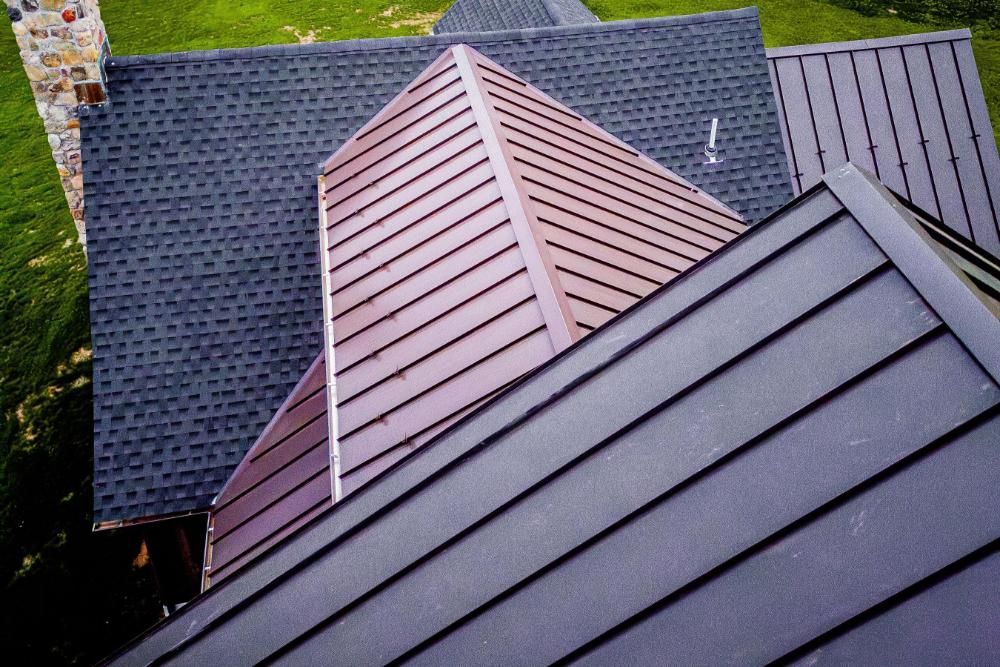
Metal roofing is durable and long-lasting, though it tends to be more expensive. The average cost ranges from $7 to $15 per square foot. Types of metal roofing include standing seam, screw-down, and metal shingles, each offering unique aesthetic and functional benefits.
Although metal roofs have a higher initial cost, their longevity and low maintenance can make them cost-effective long-term. For example, standing seam metal roofs are highly durable and need minimal maintenance, whereas screw-down varieties require maintenance roughly every five years.
Therefore, choosing metal roofing depends on both budget and long-term value considerations.
Asphalt Shingles
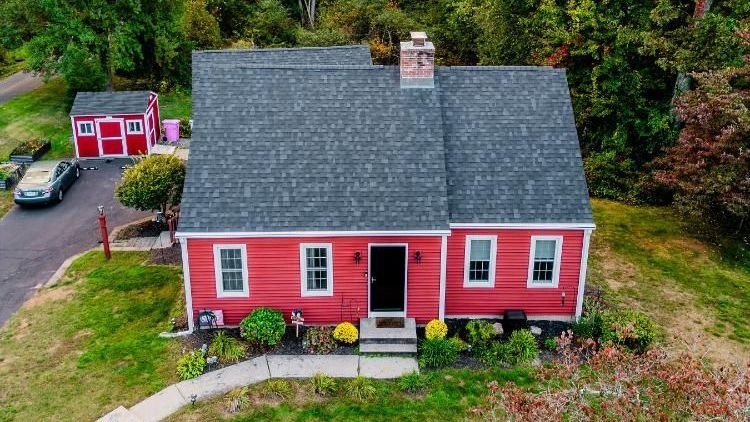
Asphalt shingles are affordable and have a reasonable lifespan, making them popular for commercial roofing. Their cost typically ranges from $3.50 to $7 per square foot, and they generally last between 15 to 25 years, offering a good balance between cost and durability.
Asphalt shingles are often chosen for commercial buildings to minimize upfront costs while ensuring durability. Their cost-effectiveness and ease of installation make them a staple in commercial roofing.
Single-Ply Membranes
Single-ply membranes, such as TPO, PVC, and EPDM, are popular for commercial flat roofs due to their versatility and ease of installation. Costs typically range from $11 to $14 per square foot. For example, EPDM costs range from $3.25 to $14.75 per square foot, while TPO ranges from $3.50 to $14.00 per square foot.
These materials are lightweight and energy-efficient. TPO is highly reflective, contributing to energy savings. However, EPDM can suffer from punctures due to debris and foot traffic, while PVC may face issues with chalking and fading over time.
Despite these drawbacks, single-ply membranes remain a practical and cost-effective solution for commercial flat roofs.
Additional Cost Factors in Commercial Roof Replacement
Beyond basic material and labor costs, additional factors can influence the cost of commercial roof replacement. Labor shortages and material availability can significantly impact costs, potentially adding thousands of dollars. The duration of the installation project also affects costs, with longer installations usually incurring higher expenses.
Proper material storage and logistical planning can minimize additional costs. Understanding these factors helps building owners better anticipate and manage the final cost of their roofing project.
Tear-Off vs. Overlay
Building owners can choose between tearing off the old roof or overlaying a new one. An overlay can be more cost-effective as it eliminates the need to remove the existing roof, reducing labor costs. However, building codes often limit the number of roofing layers to two, necessitating a complete tear-off in some cases.
A tear-off involves removing old materials, which can be labor-intensive and costly. Despite the higher upfront cost, a tear-off provides a cleaner slate for the new roof, potentially avoiding future maintenance issues that might arise from an overlay.
Understanding these options and their cost implications helps in making an informed decision for your commercial roof replacement.
Underlayment and Insulation
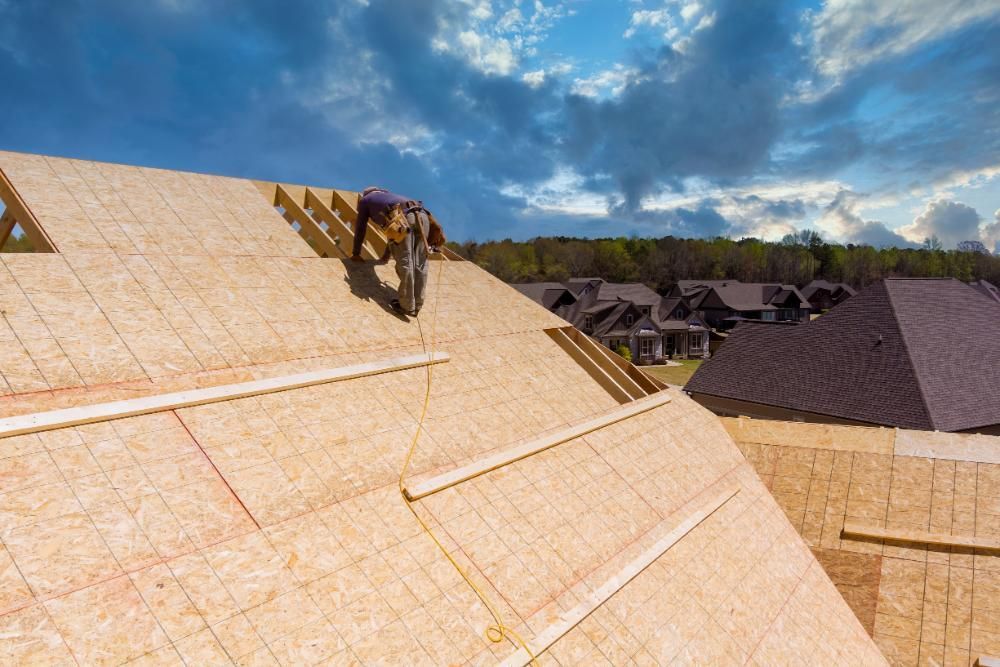
Underlayment and insulation are crucial components of commercial roof replacement. Underlayment provides additional protection beneath the finished roof, safeguarding it from moisture and other elements. Its condition can significantly affect overall costs, as poor condition may require extensive repairs or replacement.
Insulation, especially tapered insulation, is key in preventing water pooling and enhancing energy efficiency. While these elements add to the initial cost, they contribute to the roof’s longevity and performance, making them a worthwhile investment.
Local Climate and Code Requirements
Local climate and building codes significantly influence commercial roof replacement costs. Extreme weather conditions may require stronger, more durable materials, increasing costs. Additionally, local building codes can impose specific requirements that raise material or labor costs.
The cumulative effect of these local factors can cause variances in roofing project costs. Understanding the local climate and code requirements helps in selecting appropriate materials and planning for additional expenses.
Estimating the Total Cost of Commercial Roof Replacement
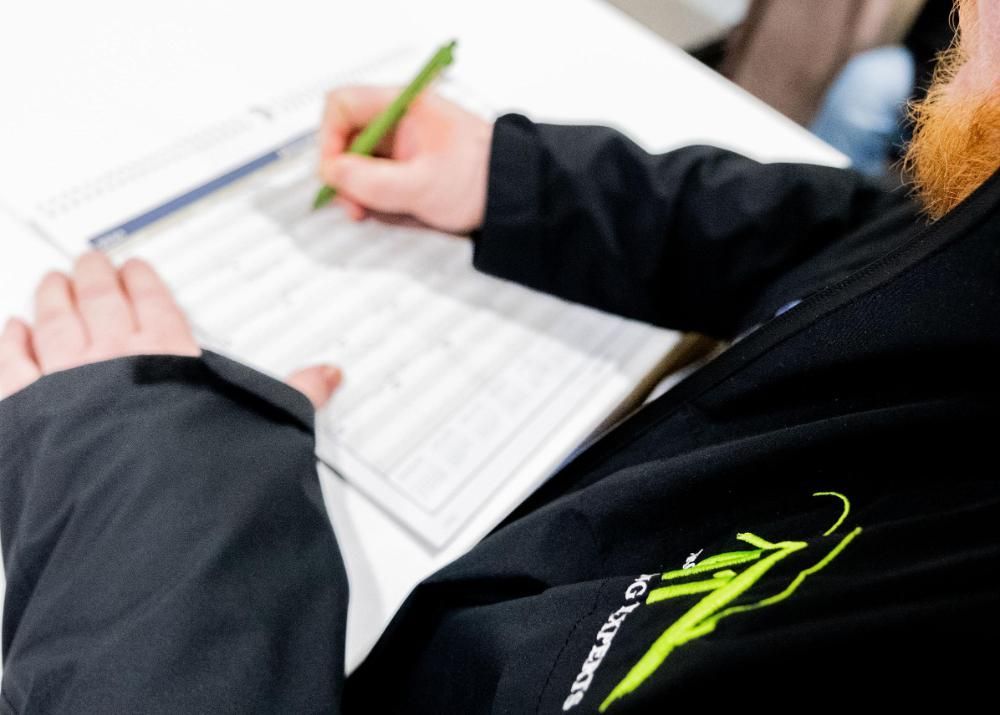
Estimating the total cost of commercial roof replacement involves considering all discussed factors. Costs can range from $5,000 to $50,000, with larger pitched roofs potentially exceeding $200,000. This variability makes it challenging to determine an exact cost without a thorough evaluation.
Understanding these influencing factors helps in evaluating contractor quotes and making informed decisions. This section covers how to obtain accurate estimates and compare contractor quotes to ensure fair pricing and quality service.
Obtaining Accurate Estimates
Obtaining accurate estimates for a commercial roof replacement involves reaching out to multiple reputable contractors. Consulting several contractors provides insights into fair pricing and helps avoid future expenses by ensuring quality service.
Working with experienced professionals specializing in commercial roofs can lead to more accurate cost estimates. They can assess your roof’s specific needs and provide detailed quotes reflecting the true scope of the commercial roof installation project.
Comparing Contractor Quotes
When comparing contractor quotes, ensure they reflect fair pricing and quality service. Significant quote disparities may indicate potential issues with the lower-cost option, such as subpar materials or workmanship.
Thoroughly evaluating contractor estimates allows you to choose a reliable service provider offering both value and quality. Ensuring the contractor’s quote includes all necessary details and warranties can prevent unexpected costs later.
Maintenance Tips to Extend the Life of Your Commercial Roof
Proper maintenance extends the life of your commercial roof. Regular inspections, ideally twice a year, help identify and resolve issues early, preventing minor problems from escalating. Keeping the roof clean by removing debris prevents drainage problems and costly damages.
Addressing roofing problems promptly and limiting foot traffic on the roof reduces wear and tear, maintaining its integrity. Regularly trimming overhanging branches helps avoid potential damage from falling limbs.
By following these maintenance tips, you can prolong the lifespan of your commercial roof and protect your investment.
Summary
Understanding the average cost of commercial roof replacement in 2024 involves considering a myriad of factors, from the type of roofing material and labor costs to the structure and accessibility of the roof. Each of these elements plays a crucial role in determining the overall expense. By carefully selecting materials that balance cost and durability, and by working with reputable contractors, building owners can manage costs effectively and ensure a high-quality installation.
In conclusion, a proactive approach to maintenance and a thorough understanding of the factors influencing roofing costs can help extend the lifespan of your commercial roof. Investing in the right materials and professional installation, coupled with regular maintenance, can save significant amounts in repair costs and enhance the overall performance of your roofing system. Keep these insights in mind as you plan your next roofing project to ensure a successful and cost-effective outcome.
FREQUENTLY ASKED QUESTIONS
Have Questions? We Have Answers
Share this Post
